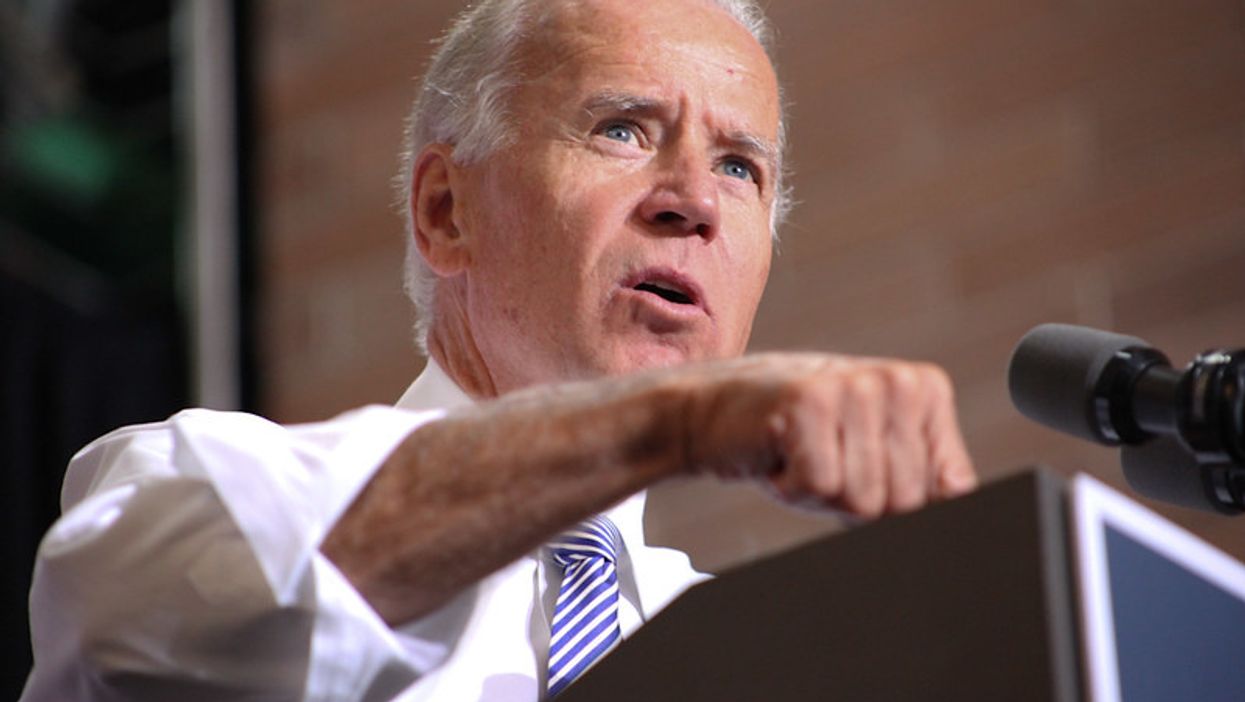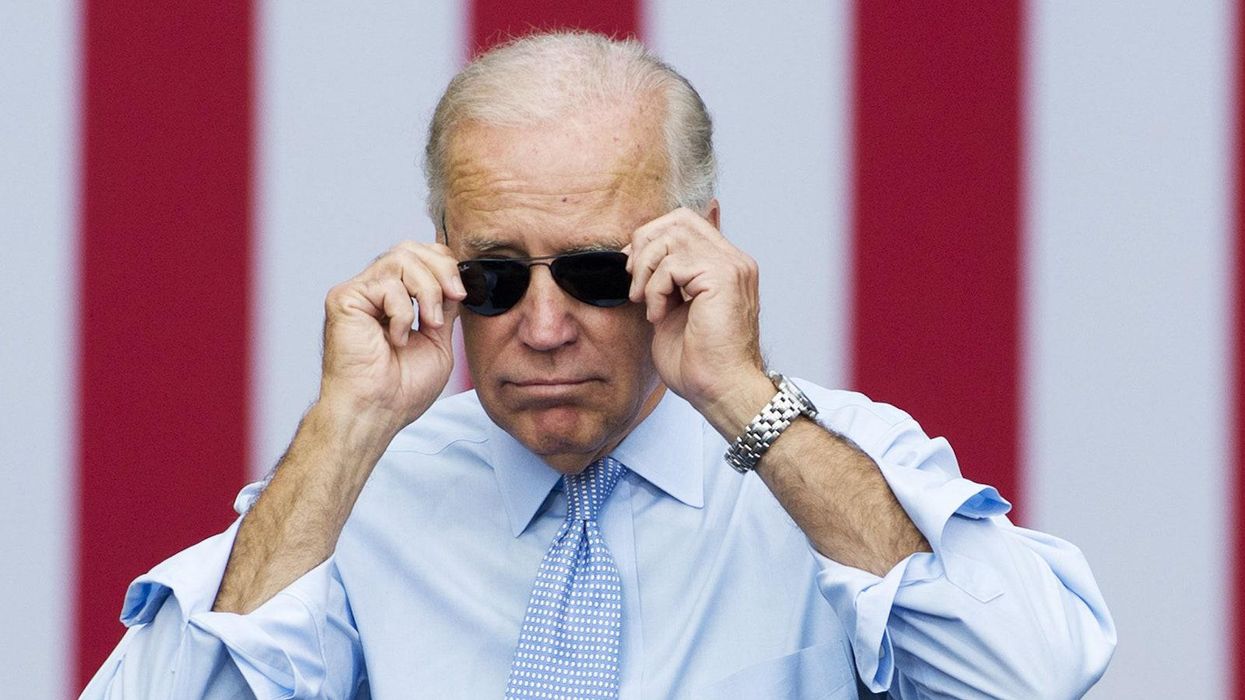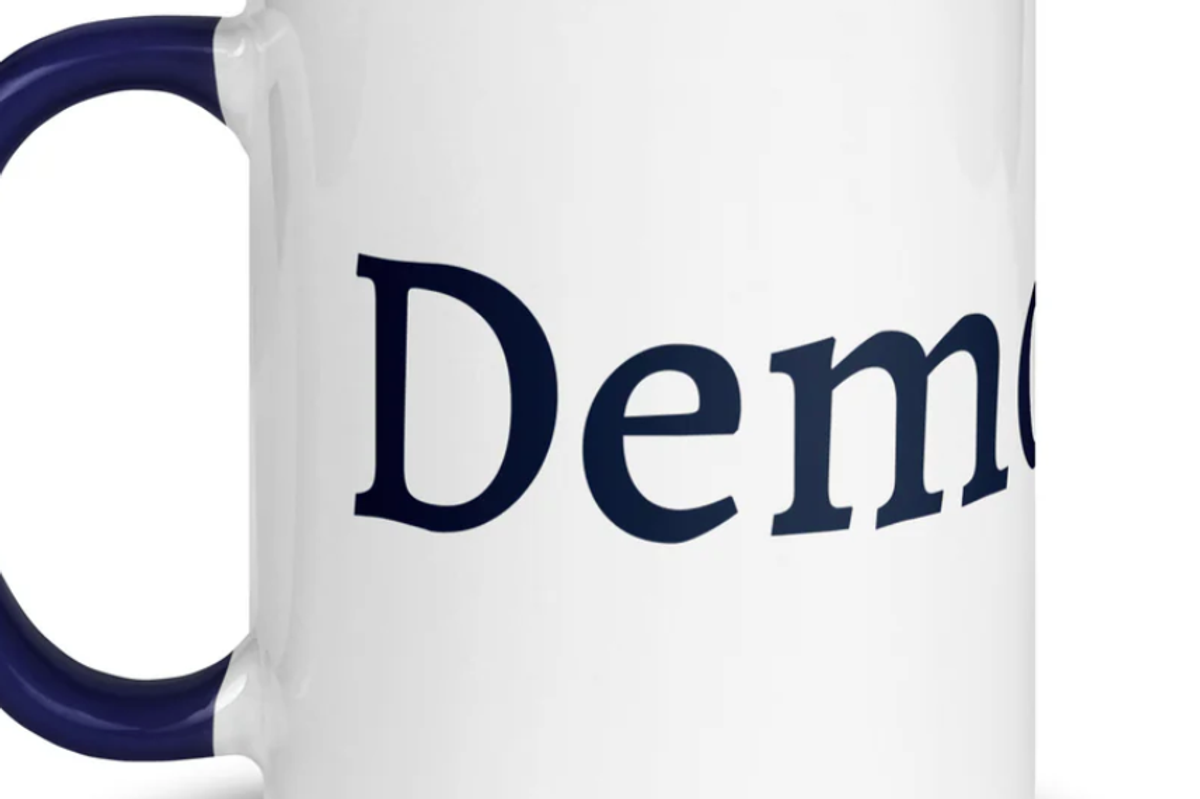Democrats Slam Trump's Tariff As Burdensome Tax On Working Class
Democrats are calling out President Donald Trump’s recent tariffs on imports from Canada, Mexico, and China as exactly what they are: an economic disaster.
Alarmed Democratic lawmakers began releasing forceful statements on Saturday, immediately after Trump signed the executive order that even the right-leaning Wall Street Journaleditorial board criticized for kicking off the “dumbest trade war in history.” Economists and pundits alike agree that the tariffs will increase prices on everything from groceries to gas to car manufacturing.
“Let’s call these tariffs what they are: Trump’s Taxes on Working Families,” Illinois Gov. J.B. Pritzker said in a statement. “If these tariffs remain in place, it will jack up the price of groceries and goods, make gas more expensive, and raise utility bills. While Donald Trump is making millions off his corrupt crypto schemes and memes, working families will pay the price.”
Massachusetts Sen. Elizabeth Warren called for vigilance and action.
“I’m concerned that President Trump will give cover to giant corporations to use his tariffs as an excuse to raise prices on working families while doling out waivers to billionaires and well-connected insiders,” Warren said in a press release. “Congress will conduct rigorous oversight of what the President does and we—and the American people—will hold him accountable.”
Leaders in states whose economies rely heavily on auto manufacturing are worried Trump’s unwieldy tariffs could lead to mass layoffs and shutter production lines. According to the Detroit Regional Chamber of Commerce, Michigan’s auto industry contributes $304 billion to the state’s economy, with nearly one-quarter of all U.S. auto production happening there in 2022.
“A 25 percent tariff will hurt American auto workers and consumers, raise prices on cars, groceries, and energy for working families and put countless jobs at risk,” Michigan Gov. Gretchen Whitmer said in a statement. “Trump’s middle-class tax hike will cripple our economy and hit working-class, blue-collar families especially hard.”
On Sunday, Trump admitted on his Truth Social site that Americans should probably prepare for extra misery thanks to his reckless executive order.
“WILL THERE BE SOME PAIN? YES, MAYBE (AND MAYBE NOT!),” Trump screamed in the post. “BUT WE WILL MAKE AMERICA GREAT AGAIN, AND IT WILL ALL BE WORTH THE PRICE THAT MUST BE PAID.”
The U.S. economy is already feeling the consequences of Trump’s tantrum. When the markets opened on Monday, the Dow Jones Industrial Average plummeted, the Nasdaq dropped, and the S&P 500 Index declined in the wake of Trump’s latest ego trip.
The market drop reversed later on Monday when Trump and Mexican President Claudia Sheinbaum announced a deal that will halt tariffs on Mexico for one month after they had a “friendly” conversation on border security. But the stock market volatility is just one way that these new tariffs are already impacting the U.S. economy. That’s cause for concern for Americans who are already tired of Trump 2.0-–especially those in reliably red states like Kentucky, where Trump’s 2018 tariffs on European steel and aluminum prompted a 25 percent retaliatory tariff on American whiskey that cost the industry $580 million, according to the Kentucky Distillers Association.
Meanwhile, U.S. food prices have not gone down—they’ve gone up. Higher price tags on everything including all-important eggs are a stark reality in grocery stores despite Trump’s central campaign promise to lower prices.
“I won on groceries,” Trump boasted during an interview with NBC’s Meet the Press in December. “Very simple word, groceries.”
Democratic leaders are hammering Trump for not fulfilling his pledge to Americans and only making things worse.
“Republicans have failed to deliver on their central promise of lowering costs,” House Minority Leader Hakeem Jeffries said in a statement on Saturday. “Instead, they have freed violent felons, attempted to end Medicaid as we know it, and plan to enact massive tax cuts for their billionaire donors.”
Jeffries made sure to include Trump’s loyal GOP minions in his scathing rebuke.
“The tariffs imposed by the administration and strongly supported by House Republicans will not lower the high cost of living for everyday Americans,” he said. “Instead, it will likely do the exact opposite and make life more expensive.”
Trump’s latest tantrum is just another distracting move in his scheme to seize more power and rule with reckless abandon, leaving Americans as unwilling passengers while a madman drives the global economy into the ground.
Reprinted with permission from Daily Kos.












Trump Cabinet Nominee Withdraws Over (Sane) January 6 Comments